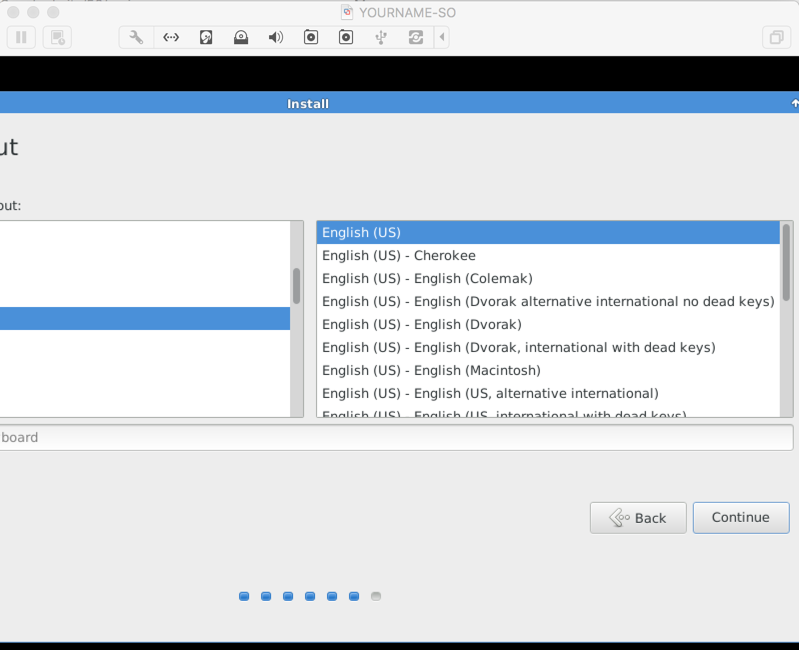Install Vmware Tools Security Onion Linux

First, mount the Security Onion Live 12.04.iso file we downloaded so our virtual machine can boot from it to install Linux. 3d Hausplaner 9 Download Kostenlos Mp3. Click the 'Storage' icon, then under 'Controller: IDE' select the 'Empty' CD icon. Download Free Sales Distribution Management Pdf Ebook. To the right, you'll see 'CD/DVD Drive' with 'IDE Secondary' specified with another CD icon. Click the icon, then select 'Choose a virtual. Dec 8, 2017 - Security Onion is a Linux distro for intrusion detection, network security monitoring, and log management. It's based on Ubuntu and contains Snort, Suricata, Bro, OSSEC, Sguil, Squert, ELSA, Xplico, NetworkMiner, and many other security tools. The easy-to-use Setup wizard allows you to build an army of.
Entry Last updated on the 11th of May 2015 a PDF version is also available is a great open source project created by Doug Burks. It is a Linux Distribution based on Ubuntu and bundled/configured with all the tools you need to get a powerful, and free, Network Security Monitoring system (NSM). It can be used to monitor your network traffic for suspicious activities and malware. This guide is aimed at people who quickly want to get started with SO with the following basic functionalities: • Getting an understanding of what Network and Server setup are required • Going through a basic SO installation • Getting basic understanding on how to tune Snort and remove false positives • Getting regular reports and specific signature alerts emailed to you • Installing Splunk and getting an additional platform to mine information • How to clean SO data and do some basic maintenance This guide is NOT aimed at the advanced Security Onion user. The amount of information and documentation available from the is very impressive and comprehensive. Therefore this guide has been created mainly to extract and present some key information on installing and running SO in a different light, maybe in a more layman's way.
It also combines information from many different sources, hoping to save time for the reader who may be faced with some similar hurdles as the author faced when setting up SO the first time. There is also a very active support forum,, where Doug Burks himself seems to be spending a lot of his time answering questions very quickly and always being very helpful. Please note this guide was written with a Home Network in mind, with only one instance of SO running within a VM and therefore not using any nodes. Some information are still relevant to a commercial environment but the basic SO and Network configuration section would be different. Installing SO is fairly straightforward; there are also many guides out there on how to configure it. However, getting value out of it takes some time and effort, especially if your network/security/linux skills are a bit rusty.